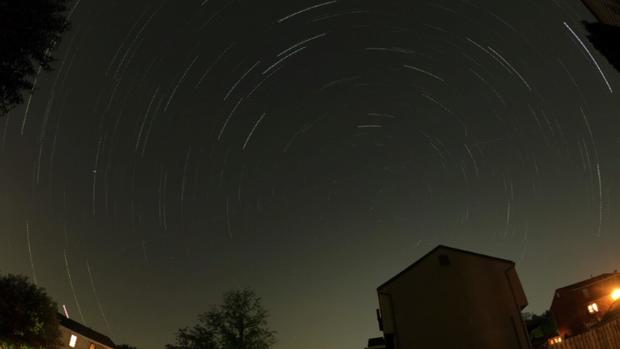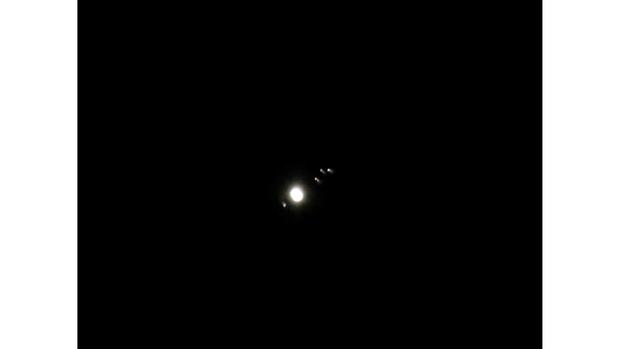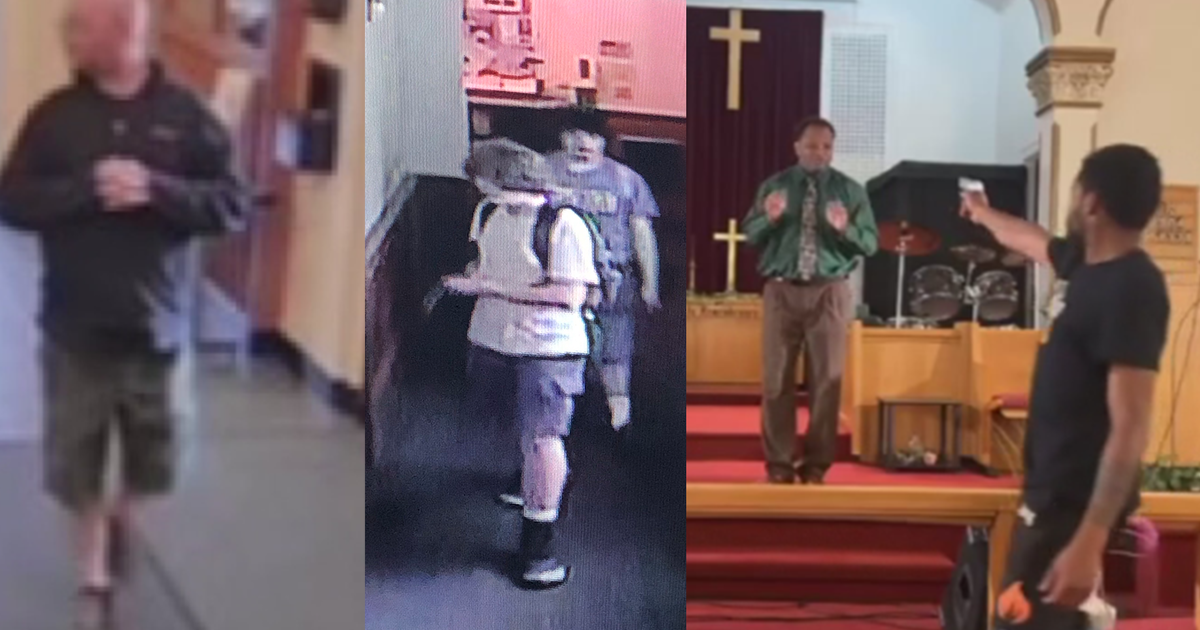Hey Ray: Star trails and planetary motion
PITTSBURGH (KDKA) - I like to take pictures and make time lapses, and a fun thing to do is take long exposure pictures.
To get a long exposure, you leave the camera's shutter open for a long period of time, so the sensor can capture as much light as possible.
I do this to take pictures of the stars, and other things in the night sky!
If you take enough pictures from the same perspective, you can actually see the stars in the night sky move. This is what is called a time-lapse and these are comprised of sometimes hundreds of pictures.
It takes 30 pictures just to create one second of video.
When you take hundreds of pictures and stack them on top of each other in an editor, you can see the motion of the stars. In our hemisphere, if you point your camera to the north, something neat happens.
The path of the stars shows up, and that path is circular, and by observing this we can tell some things.
The circular path shows rotation is occurring, so that means one of two things: either the sky is rotating around us, or we are rotating in Space.
This is a concept that was controversial a long time ago.
I know this concept sounds silly, but it wasn't until 1515 that Nicolaus Copernicus proposed that the Universe didn't revolve around Earth, an idea known as the Geocentric Model.
Copernicus believed Earth revolved around the Sun! This idea is what is called the Heliocentric Model. According to NASA's Earth Observatory, that idea didn't catch on until the 1600s when Galileo used a telescope and observed Jupiter was orbited by moons and Venus had phases like our Moon.
Both of these would not happen in a system where everything revolves around Earth.
To distinguish these ideas, perspective is key.
When you look up and see the sky moving, but nothing around you moving on Earth, that perspective can trick you into thinking that we are the center of the Universe.
Back then, if they could witness Earth moving instead of the stars, they would have caught on a lot sooner to what we know now.
The Earth rotates and makes an annual trip around the Sun. This is why we see the stars move in the night sky!
You don't need an expensive camera or action camera to do this! With most newer phones, cameras come with a "Pro" mode that allows you to let a lot more light into your camera's sensor.









